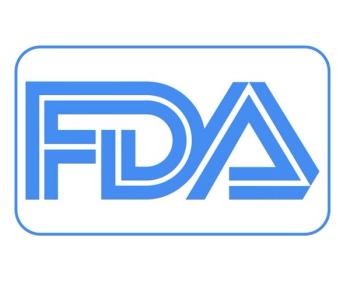
Effective Alternatives to Narcotics for Severe Headache
Many patients who present to the emergency department(ED) with severe headache request a narcotic to relieve thepain.
Many patients who present to the emergency department(ED) with severe headache request a narcotic to relieve thepain. Past histories are sometimes difficult to document,especially on weekends or if the patient is "visiting from outof-town." If the patient claims that the current headache issimilar to past headaches and is not of new onset or of a differentintensity, duration, or nature, what effective alternativesto narcotics and antiemetics can be given?-- James E. Hill, PA-C, MEd
 Charlotte, NCMost patients who come to the ED with asevere headache have migraine. Severalalternative therapies can be used insteadof narcotics to treat acute headache:
- Intravenous dihydroergotamine isoften very effective, even if used well into an attack; however,it is contraindicated in patients with hypertension orcoronary artery disease. It is best given after an antinauseadrug, such as metoclopramide, is administered.
- Intravenous sodium valproate is also very effective atterminating a migraine attack.
- Intravenous prochlorperazine may be effective; in anyevent it usually causes sedation and sleep, which are helpfulin breaking an attack.
- Intravenous magnesium is occasionally useful.
- Intravenous or intramuscular ketorolac tromethamine isoften very effective for relieving migraine or even a severetension-type headache.
- Corticosteroids, such as intravenous methylprednisoloneor intravenous dexamethasone (or the depot form ofthese drugs, given intramuscularly), can be very helpfulwhen used in addition to a primary medication.
Solid evidence shows that narcotics usually provideonly transient relief from pain. Most patients who find narcoticshelpful probably benefit from the sleep they induce.
-- Robert S. Kunkel, MD
 Headache Center
 The Cleveland Clinic Foundation
 Cleveland
Newsletter
Enhance your clinical practice with the Patient Care newsletter, offering the latest evidence-based guidelines, diagnostic insights, and treatment strategies for primary care physicians.


















































































































































































































































































